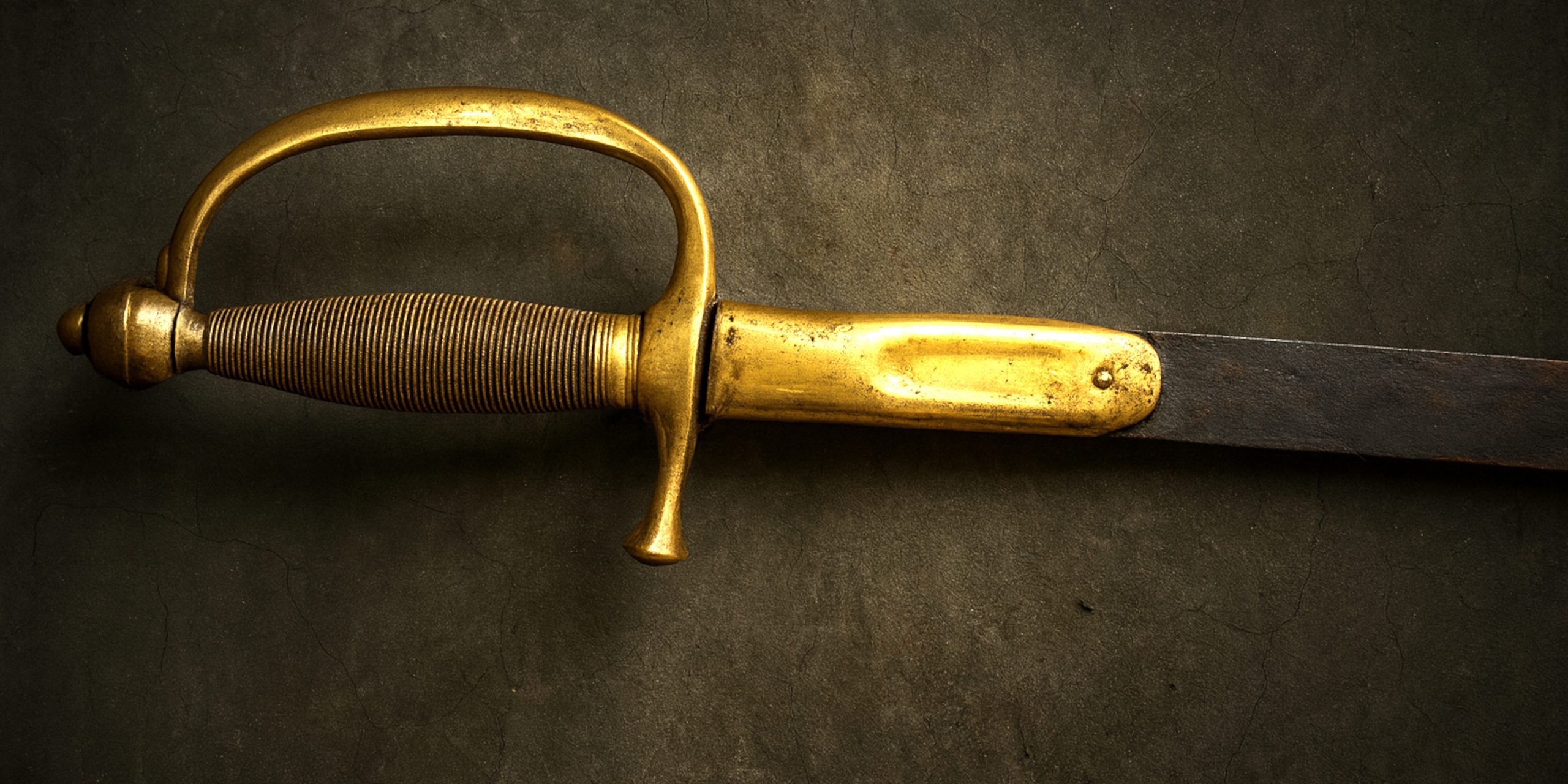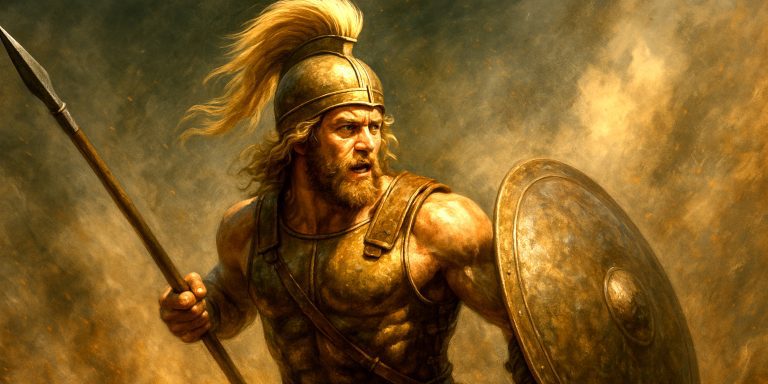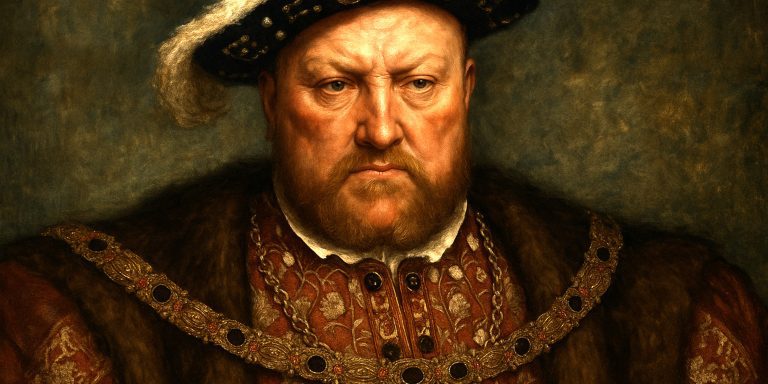
The US Model 1840 Musician’s Sword sits in a niche corner of nineteenth century American arms, a short and simple blade intended not for frontline combat but for the practical duties of musicians and support staff. It was more uniform ornament than battlefield tool, though it still carried symbolic weight during the Mexican American War and the Civil War. Its compact size, brass hilt and straight blade give it a distinctive identity within the broader family of American edged weapons.
Specification
| Feature | Detail |
|---|---|
| Total Length | About 70 to 74 cm |
| Blade Length | About 56 to 61 cm |
| Blade Type | Straight, double edged, spear point |
| Grip | Ribbed brass with cast integral knuckle bow |
| Guard | Simple D shaped brass hilt |
| Scabbard | Leather body with brass mounts |
| Weight | Light, usually under 0.7 kg |
| Intended Users | Military musicians and support personnel |
History And Evolution
The Model 1840 Musician’s Sword developed during a period when the United States military maintained European styled uniformed traditions. Before firearms became overwhelmingly dominant, even non combat personnel carried short sidearms for basic defence and ceremonial presence. The design drew influence from earlier French patterns, especially the French infantry short sword.
Production began in the early 1840s and continued through the Civil War, with several contractors supplying blades, among them Ames Manufacturing Company. By the late nineteenth century the weapon had become entirely ceremonial. Growing emphasis on firearms and changing views on military appearance pushed the sword out of practical service.
Advantages
- Light and easy to carry.
- Strong and simple hilt construction.
- Attractive for collectors thanks to clear unit markings and contractor stamps.
- Affordable compared with front line combat swords from the same period.
Disadvantages
- Limited combat usefulness.
- Modest materials compared with officer swords which reduces some aesthetic appeal.
- Many examples heavily worn due to long secondary use in ceremonies and militia units.
Comparison With Similar Weapons
| Weapon | Similarities | Differences |
|---|---|---|
| US Model 1840 NCO Sword | Similar brass hilt heritage, similar length profile | NCO sword has a more developed guard and saw wider use in training and drilling |
| French Infantry Short Sword (Gladius type) | Influence on American design, short straight blade | French sword heavier, intended for real combat support |
| US Model 1832 Foot Artillery Sword | Similar nineteenth century context | Artillery sword broader, heavier and far more suited to combat |
Legacy
The Model 1840 Musician’s Sword represents the tail end of a long tradition of non combat military sidearms. It stands as a reminder of nineteenth century uniform culture where even non combatants carried blades for formality. Today it serves as a useful marker of regimental identity in museums and collections.
Where To See
- Smithsonian National Museum Of American History, Washington DC.
- Atlanta History Centre, Civil War collection.
- Various regional military museums and reenactment groups often display contractor marked examples.
Collectors Guide
General Notes
- Authentic examples are common thanks to high Civil War production numbers.
- Condition varies widely, especially scabbards.
- Blades with clear Ames stamps or state militia marks carry a premium.
Typical Auction Prices
| Condition | Typical Price Range |
|---|---|
| Poor (damaged scabbard, worn blade) | 150 to 250 USD |
| Good (clean blade, intact hilt, worn scabbard) | 250 to 450 USD |
| Very Good (strong markings, solid scabbard) | 450 to 650 USD |
| Excellent (clear stamps, minimal wear, complete scabbard) | 650 to 900 USD |
Buying Tips
- Look for crisp maker marks, especially Ames.
- Inspect brass hilts for bends or serious dents.
- Scabbards are often replaced. An original in stable condition increases value.
- Beware blades polished too aggressively since this removes historical character.
This sword remains a rewarding entry piece for collectors of American military edged weapons, offering strong historical connections and broad availability without prohibitive cost.



